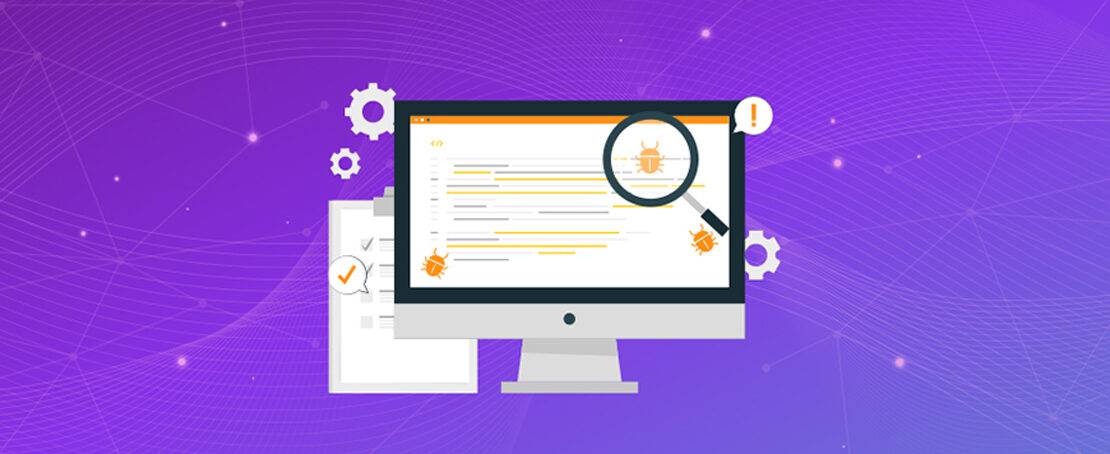- September 3, 2020
- Posted by: Abhay Das
- Category: Data engineering

A leading global manufacturer of pumps and other fluid management tools was expanding its business across the globe. The manufacturer needed to modernize its data management system and leverage the data collected over the years with a sophisticated data storage system that could support advanced analytics on non-traditional data and enable acquiring 360-degree business insights.
Indium Software, a cutting edge solution provider with cross-domain expertise, proposed transforming the manufacturer into a data-driven organization by migrating the data from on-prem databases to a cloud-based, serverless data warehouse.
The cloud-based data warehouse has become the need of the hour to keep the total cost of ownership (TCO) low while leveraging the services provided by the public cloud providers such as Google BigQuery, Amazon Redshift or Azure Synapse Analytics (Formerly SQL DW). In the case of the pump manufacturer, Indium migrated the client’s data to Microsoft Azure and reduced the TCO by over 50 percent.
learn more about our data visualization services
Learn More
This is the direction in which the world is moving today. According to a MarketsandMarkets report, the global serverless architecture market size will touch USD 21.1 billion by 2025 from USD 7.6 billion in 2020, growing at a Compound Annual Growth Rate (CAGR) of 22.7 per cent. The three key factors spurring this growth are:
- The need to shift from CAPEX to OPEX
- Remove the need to manage servers
- Reduce the infrastructure cost
Easy Data Access and Management
Today, data generated from multiple sources can be made available to businesses to improve their decision making and devising business strategies across functions. However, traditional systems cannot handle the multiple formats they are available in and manual intervention is required to reconcile them all into one format. This can be time-consuming and prone to errors.
A cloud-based serverless data warehouse can automate the process of data management, making data easily available and accessible for advanced analytics and to gain meaningful insights for improving business processes and efficiencies. Some of the key benefits of opting for a serverless data warehouse would be:
- Being cloud-based, it can be accessed from anywhere, thereby allowing even the executives on the move to access data and reports that can speed up their decision-making process.
- Being fully managed by the providers, it reduces the burden on the internal IT team and lets them focus on innovation and improving their core business
- A solution like Azure also enables easily scalable computational storage at lower costs. Databases can be paused and resumed quickly which can save costs. Cloud providers have a cost management feature to keep a check.
- The level of optimization it offers cannot be matched by the traditional on-premise setup
- It provides columnar storage and parallel processing facilitating faster aggregate queries
- High availability and scalability ensure automatic data distribution and replication automatically across data regions (zones) on the cloud infrastructure
- Data Latency is milliseconds despite a highly distributed data set up
- Data security is assured through authentication and authorization managed within the cloud setup and data encrypted to comply with privacy regulations
Challenges in Migration
Yes, opting for a serverless data warehouse is not a walk in the park. Some of the factors you must keep in mind include:
- Selecting the right building blocks is important as not all of them are fully managed. For instance, Amazon Redshift requires you to choose the node type that is compute-optimized or storage-optimized. You will need to choose the number of compute nodes for the cluster and also manually size them.
- In some instances, you might need to integrate different serverless building blocks and also connect the entire solution using non-serverless blocks.
- You may opt for integrating individual building blocks instead of having one single solution. While improving configurability it will make the solution complex.
- Depending on the data model you opt for, costs can be a combination of upfront and variable.
Partnering with the Right Data Experts
Navigating these hidden complexities requires a deep understanding of data, data warehouses as well as the service providers. An experienced solution provider such as Indium can work closely with you to understand your needs and tailor the approach to suit your requirements.
We provide a simple, secure, cost-effective and scalable solution. We have expertise in Data Modelling, the most crucial stage in architecting the data warehouse. We derive the Technology Architecture by analyzing the process architecture, business rules, metadata management, tools, specific needs and security considerations. At this stage, the data integration tools, data processing tools, network protocols, middleware, database management and related technologies are also factored in.
Leverge your Biggest Asset Data
Inquire Now
For the serverless data warehouse architecture, a step by step order of data pipeline and transformation from one form to another is done. As a result, the entire cycle of storage, retrieval, processing data within the data warehouse is mapped. The architecture is designed to ensure that the workload is processed on time, performance is optimized and running costs are kept low.
Indium has a team with more than two decades of experience in the latest cutting edge technologies as well as domain expertise across different industries such as retail, e-commerce, manufacturing, banking, services or finance, among others. If you would like to leverage serverless data warehouse for improved analytics and lower cost of ownership, do reach out to us.




